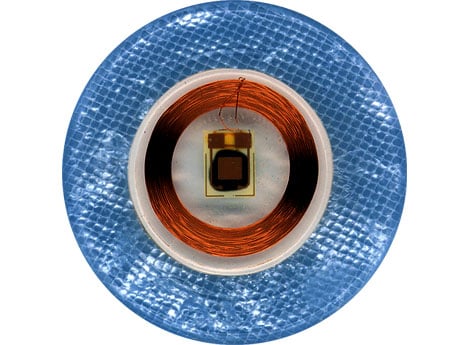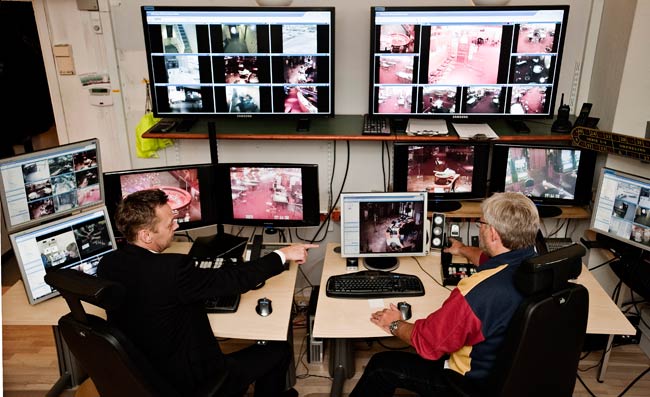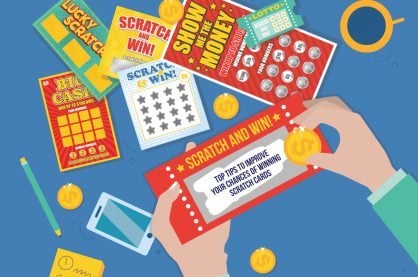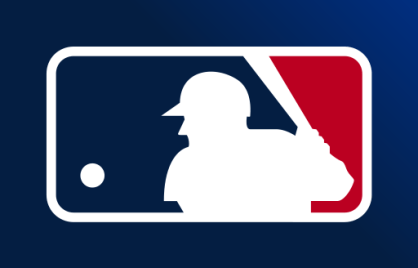Casino Blackjack Card-Counting Detection…Does it Work?

This article was written by Richard Marcus. Richard spent two and half decades travelling the world making a handsome living cheating brick and mortar gambling casinos. He developed and implemented some of the best casino cheat moves ever, including one roulette move called “Savannah” which is widely considered the best move of all-time. Today, Richard is a game protection consultant to casinos worldwide.
What is Card Counting and How Does it Work?
Card-counting is a system used by blackjack players to tip the balance of odds in their favor. At its most basic level, card-counters attach a value (positive, negative, or zero) to each card as it comes out of the deck, keeping a running count of the score in their head.
Since the high cards (tens through aces) favor the player, while low cards favor the dealer, the count allows players to gauge when there are more high cards left in the deck. At this point the deck becomes statistically favorable to the player, or “hot,” and bet sizes can be increased. Using this system, a player can gain around a 1 percent edge over the house.
The technique was first made public by American mathematician Edward O. Thorpe in his 1962 book Beat the Dealer, which created swathes of budding card-counters who immediately hot-tailed it to Vegas with varying degrees of success.
While card-counting is not illegal, casinos will do everything they can to prevent it from occurring, and those suspected of employing advantage play will be banned from the casino. It is, however, illegal for the casino to detain you or confiscate your chips, as no crime has been committed.
How Card Counting Detection Works
Today’s card-counting detection devices exist in two forms: one is radio frequency identification (RFID) that uses radio tags embedded in casino chips, allowing the casino’s system to keep track of the movement of its chips.
This means the casino can track exactly how much a blackjack player is betting for each particular hand, how much he cashes out at the cage, as well as how much of his chips remain outside the casino’s custody. Since RFID chips can be tagged to individual players, the casino can catch on to those card-counters holding out their chips between card-counting sessions.
The second card-counting detection device casinos currently use is a computer vision system, coupled with facial recognition software. The idea is to first recognize the card-counters as they enter and move through the casino, or later identify them through their methods of play at the tables.
That latter stage of detection is carried out by an overhead stereo camera that uses contour analysis, template matching and a scale-invariant feature transform (SIFT) algorithm to keep track of and identify the value of cards as well as count players’ chips.
Why are Chips Tracked and What is RFID and SIFT?
Successful card counters need to disguise their advantage from the casino. They also need big bankrolls and a big stack of chips in order to overcome the short-term variance of the game.
But buying a boatload of chips draws just the kind of attention that our quietly-number-crunching heroes would rather avoid, which is why they may hold back chips over a number of visits in order to stockpile.
Radio Frequency Identification (RFID) is a technology with many applications in the world at large, one of which is to track the ebb and flow of chips in and out of the casino. It’s the chip inside the chip—an embedded microchip the size of a grain of rice—that allows chips to be monitored for suspicious movements.

Likewise, RFID can be used to flag unusual bet sizes: sudden increases a card-counter might make when the deck gets hot. Used in conjunction with scale-invariant feature transform (SIFT) programs, the casinos have a powerful weapon against the card-counter. SIFT is essentially facial recognition technology which can spot known card-counters as they enter a casino, or help identify new ones by recognizing players that appear to be making repeated suspicious bets.
All this sounds like card counters are being reduced to skeletal x-ray images radiating their card-counting disease, right?
Maybe so, but there are many factors to consider before conceding victory to the casinos.
Firstly, since card-counters play their hands like ordinary basic-strategy players eighty percent of the time, and because they often operate in teams with some members counting cards while others only make big bets on positive situations, the detection software might not be sure who to look at.
Good teams have their “big players” betting the same large amount on each of the favorable hands they play, while the detection software is looking for bet increases when the count is positive.
How does Casino Security Work?
Gone, thankfully, are the days when those in breach of a casinos rules would simply be taken into a back room for a thorough pasting. Today, broadly speaking, casino security is comprised of highly trained security personnel who patrol the casino floor looking for suspicious behavior. They are assisted by the eye in the sky security cameras which watch every move on the casino floor.
Simply put, a casino is one of the most heavily surveilled places in the world and anyone attempting to cheat or steal is either extremely clever, or extremely stupid.

Card-counters, who, let’s reiterate, are not cheaters and are breaking no law of the land, must therefore become increasingly subtle to avoid detection.Casinos share databases of known card-counters internationally, so if you find yourself banned from one casino you may find yourself ejected from another, even if it’s on the other side of the world.
Many card-counters use disguises. Many operate in teams in carefully choreographed maneuvers. Typically members of the team will each play at a table, never altering their bets, but will signal to another member when the deck becomes hot. This allows that player to walk from table to table, making those high bets only when the deck is player-optimal.
Just remember, casino security are often ex-cheaters themselves and know exactly what they are looking for.
A more extraordinary feature of how professional card-counting teams beat the detection is attacking the casino in tandem, while also playing individually.
Sound confusing?
It’s really quite simple.
For example, four members of a counting team sit at a blackjack table that is doubly armed with RFID chips and SIFT algorithm applications going against them.
If the four are counting and varying their bets according to positive and negative counts, betting more units when the deck is positive, they will be easily identified by all that technology.
So what would happen on a strong positive count that dictated a bet increase of $100 per player? If each player made the $100 increase, all four would fall right into the software’s sights.
However, if one player increases his bet by $400 while the remaining three make the same bet as the previous hand—or two players increase by $200 while the remaining two do not—the team has reached its desired total increase and at the same time removed the two or three players who did not increase their bet from the software’s radar.
Following this method of team play, the team can easily remove all four players from the watch of both RFID and SIFT and make their profits.
Reduced to the bare element, the team as a whole is counting, but the tracking of each of its four members results in none being identified as a card counter.
The bottom line is that casino card-counting detection devices are effective in detecting low-level card counters who are not really much of a threat anyway. And I do not believe there is any reliable card-counting detection device that can be set to track multiple random blackjack players and identify them as a team.


